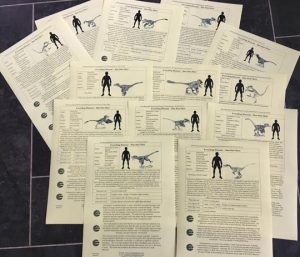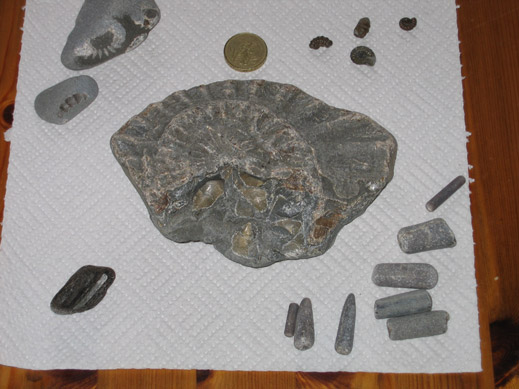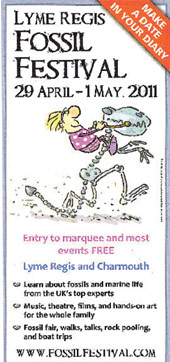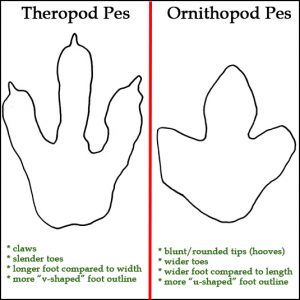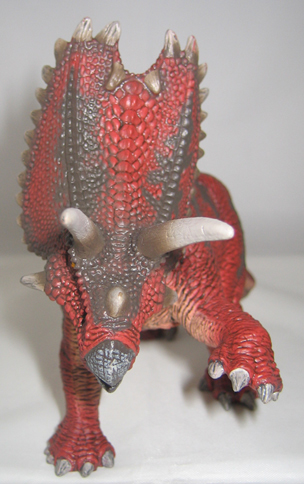New Genus of Chasmosaurinae Discovered in a Scientific Paper
The probable ancestor of dinosaurs such as Triceratops and Torosaurus has been discovered after a careful study of misidentified Pentaceratops material. It turns out that what was once thought to be a Pentaceratops represents a new genus of long-frilled, long horned chasmosaurine and this dinosaur is likely to be named Titanoceratops.
Titanoceratops
The name Titanoceratops (T. ouranos), as this ceratopsian is likely to be called is technically nomen nudum – this means that a name has been given to an organism but it has yet to be formally described or to have a holotype assigned to it. Ironically, for a horned dinosaur with a skull measuring over 2.4 metres in length and longer brow horns than Triceratops horridus it was found within the pages of a scientific journal publication.
The fossils of this dinosaur have been found in the upper Fruitland Formation of New Mexico, which dates from the Campanian faunal stage of the Late Cretaceous. If they do represent the earliest member of the Triceratopsini, then this indicates that these type of dinosaurs evolved into much bigger animals far earlier than previously thought. It was Yale University palaeontologist Nicholas Longrich who made the discovery, when he realised that fossil material described in a scientific paper and then only formally examined fifty years after the paper was first published, actually represented a new genus of horned dinosaur.
The re-assessment of the fossil bones including the all important skull material (found in 1941), will be clarified in a scientific paper due to be published in the journal “Cretaceous Research”.
For Nicholas, a post doctoral assistant based at the department of geology and geophysics at the University of Yale, describing new genera of ceratopsians is becoming a bit of a habit. Last year, the paper on Mojoceratops, another new horned dinosaur named by Dr Longrich was published.
To read more about this “cool” dinosaur: Mojoceratops – what a cool name for a dinosaur.
He made the discovery whilst searching through old scientific papers. He found a description of a partial skeleton of a horned dinosaur found in 1941, that had not been formally studied until 1995, at which point it was identified as Pentaceratops sternbergi another type of chasmosaurine dinosaur known from the Western United States.
The skeleton was reconstructed for a display exhibit at the Sam Noble Oklahoma Museum of Natural History, the frill far from complete in the original fossil specimen was remodelled to look like the frill of a Pentaceratops. However, when Dr Longrich examined the fossil material in detail, he began to realise that something did not quite add up.
Dr Longrich commented:
“When I looked at the skeleton more closely, I realised it was just too different from the other known Pentaceratops specimens to be a member of the species.”
Although there is know variation in frill characteristics due to factors such as pathology and ontogeny, Dr Longrich could not make the fossil evidence fit the typical features of a Pentaceratops. The other difficulty that Nicholas had to contend with was the sheer size of the specimen. Although, Pentaceratops is regarded as an animal with a huge neck shield, one of the largest known in the fossil record, the dinosaur itself grew to about six metres in length. The size of the misidentified skull material now ascribed to Titanoceratops indicated a horned dinosaur closer to Triceratops and Torosaurus in size
The size of this ceratopsian has led Dr Nicholas to propose the name Titanoceratops “Titanic horned face”, a reference to this animal’s impressive size – something weighing as much as an adult African elephant. The new genus seems to be ancestral to Triceratops, but with a more elongated and thinner frill with clear fenestrae plus a wider nose horn and longer brow horns.
Dr Longrich believes that Titanoceratops was probably the ancestor of the later Torosaurus and Triceratops and that these two different types of dinosaur split several million years after Titanoceratops first evolved. However, despite the extensive fossil material and copious amount of work, a controversial paper published last year cast doubts on the distinction between Torosaurus and Triceratops, claiming that fossil material actually represented one genus. Evidence was presented to suggest that the Torosaurus material actually represented very old and mature individual members of the Triceratops genus.
To read more about this paper: The Extinction of Torosaurus – Second Time Around.
Dr Longrich, when asked about the ancestral relationship between this new dinosaur discovery and the Maastrichtian chasmosaurines stated:
“This skeleton is exactly what you would expect their ancestor to look like.”
Hopefully, more fossil material will come to light from New Mexico that will permit scientists to explore further the relationship between different members of the long-frilled, horned dinosaur group.
To view articulated, scale models of horned dinosaurs: Beasts of the Mesozoic Models and Figures.
